Psalm 53 - What We Do as Humans
(Another “too long for email” post…click/tap on the header above to see the full post)
I have a thing for visiting old prisons, I guess. In Dublin on Sunday, we visited Kilmainham Prison which is the fifth prison I have visited. I’ve also been to Robben Island in South Africa, Eastern State in Philadelphia, Mansfield Prison where Shawsank Redemption was filmed in Ohio, and (briefly) Joliet outside of Chicago. This one, however, reminded me a great deal of our visit to Robben Island, but without the hopeful ending (Mandela and others eventually being released). In this case, Kilmainham was the prison where fourteen of the leaders of the 1916 Rising (which I shared about yesterday) were executed for their actions and several others were held for extended periods. They are remembered by name, in story, and in art.
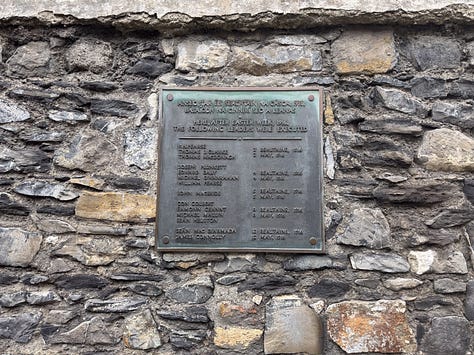
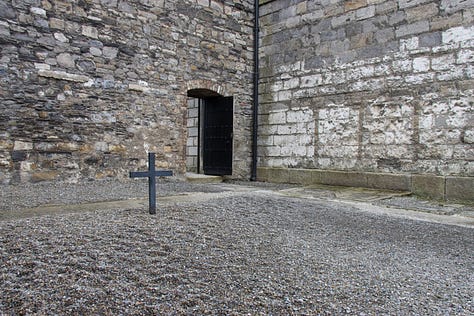
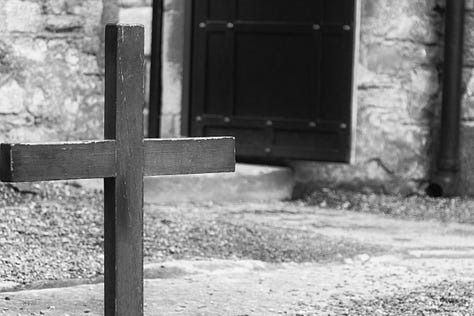
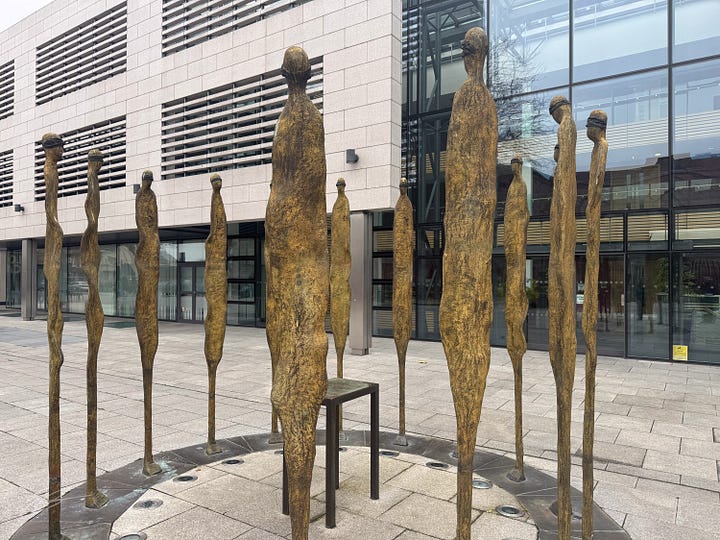
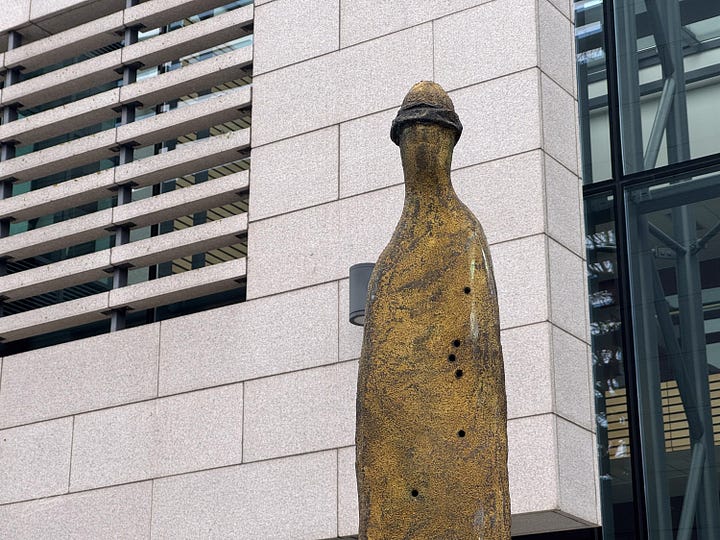
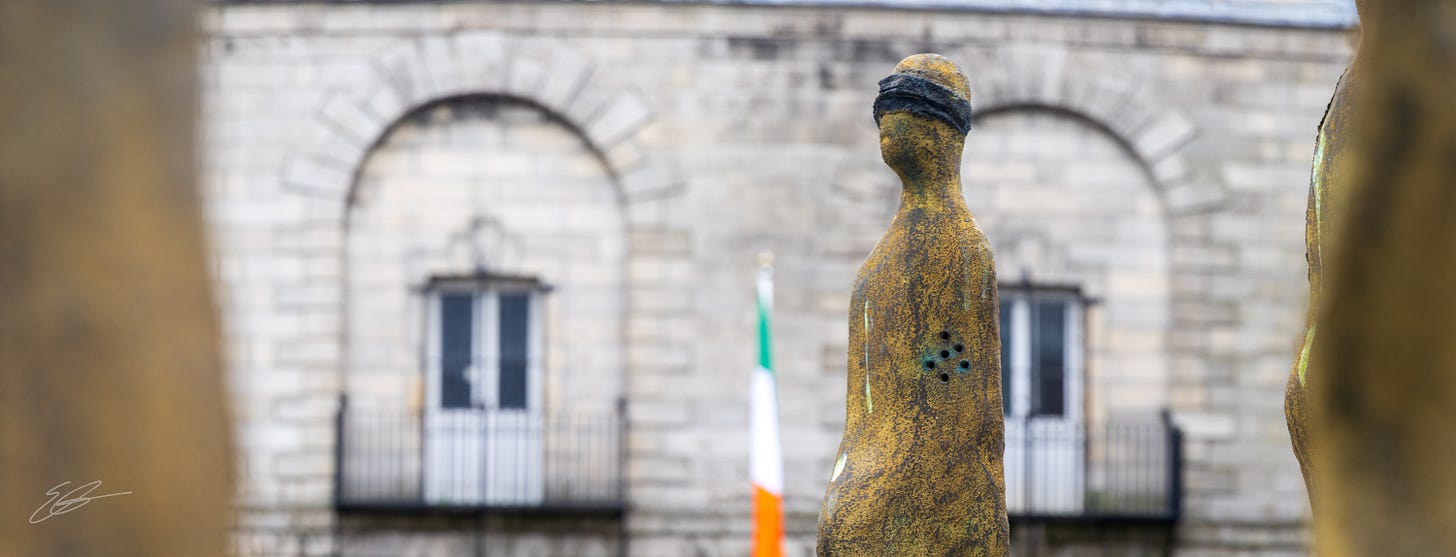
These last three were part of a sculpture outside the prison where each represented by a blindfolded figure with holes representing where they were shot by firing squad.
Not only did this visit connect with what we saw on Saturday at the GPO Museum (which told the story of uprising itself) but it also reminded me of the things that we do to one another as humans. So often we lose the reality that we are all human and we begin to treat others as unredeemable, as less-than, as animals. We do this in the words we say and the actions we take. In the case of some of the stories of the prison, our guide shared of how many of the prisoners initially housed there for various points in time were not only those one might expect to be imprisoned but also people who couldn’t pay their debts, children (one as young as three years old and others ranging from five to twelve) who were imprisoned for actions such as loitering or being a menace to society because they were begging for food. And lest we think that this is all in the past, we are still doing things like this today.

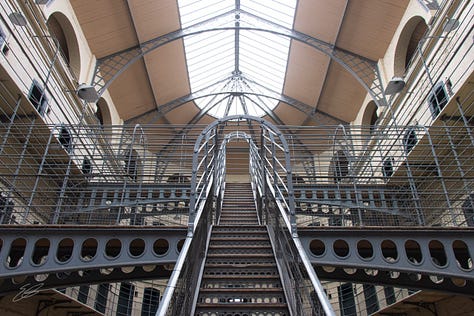
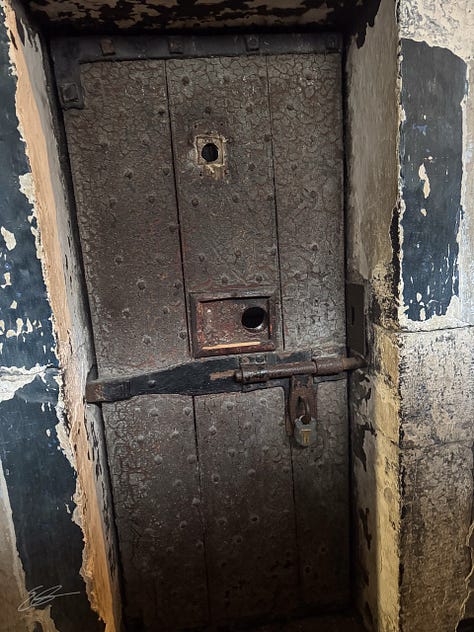
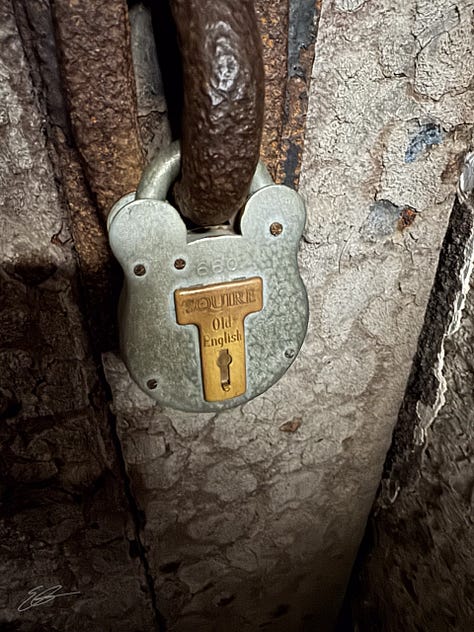
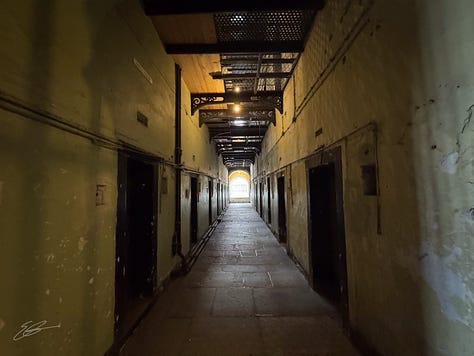

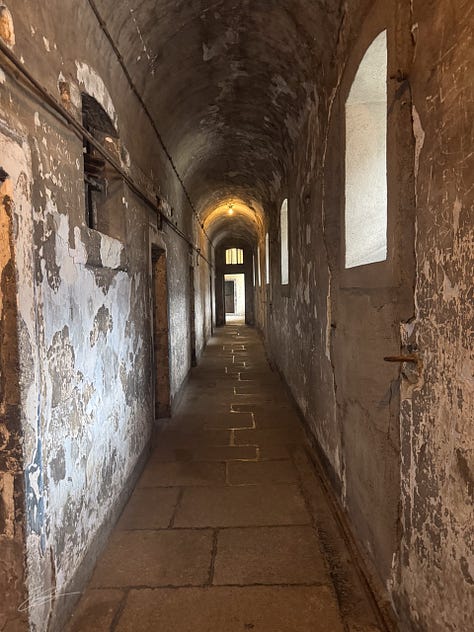
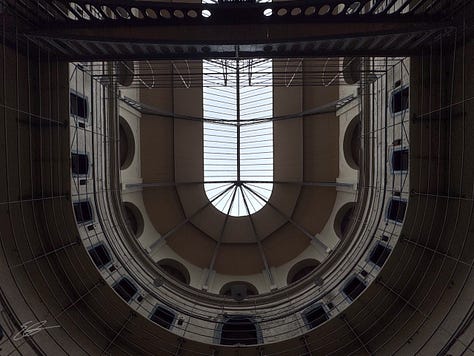
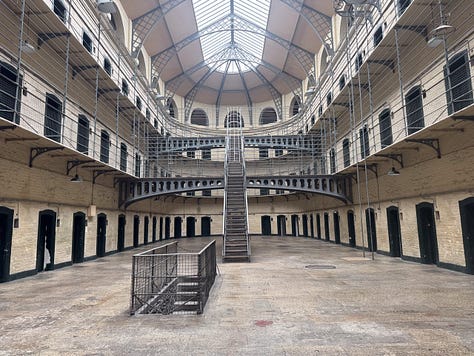
There was also something about seeing through the peep holes in the door to a sense of the spaces that prisoners faced for their terms. The ones of the drawing of the Virgin Mary were done by a woman imprisoned there from the role in the uprising. Her name was Grace Gifford and she was given permission to create this on her cell wall, even being given paint by the warden to do so. It remains today and is called the Madonna of Kilmainham.
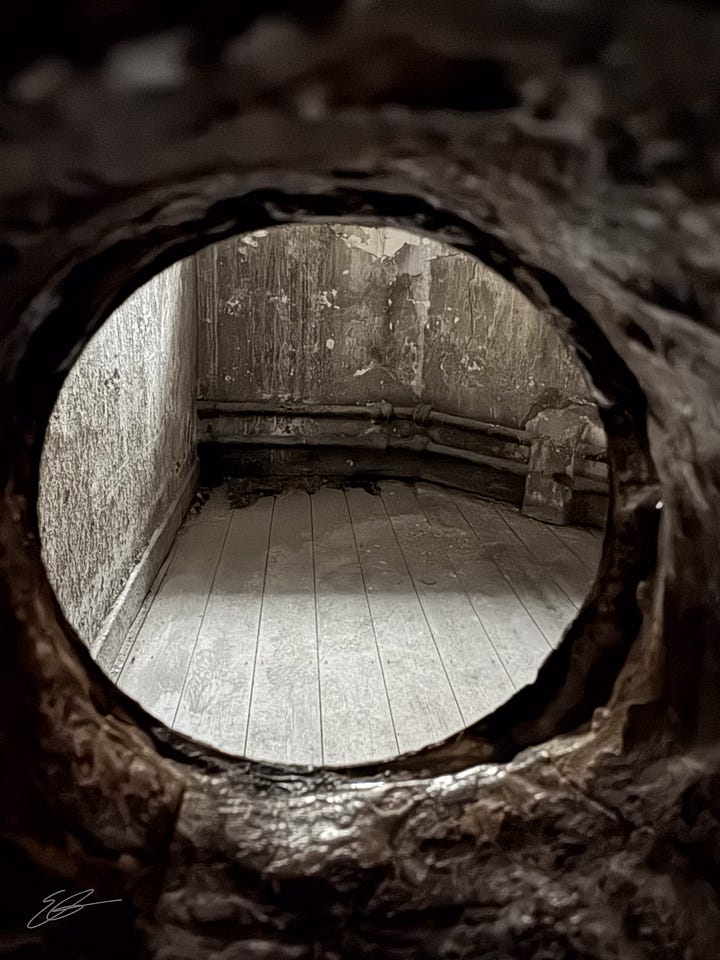
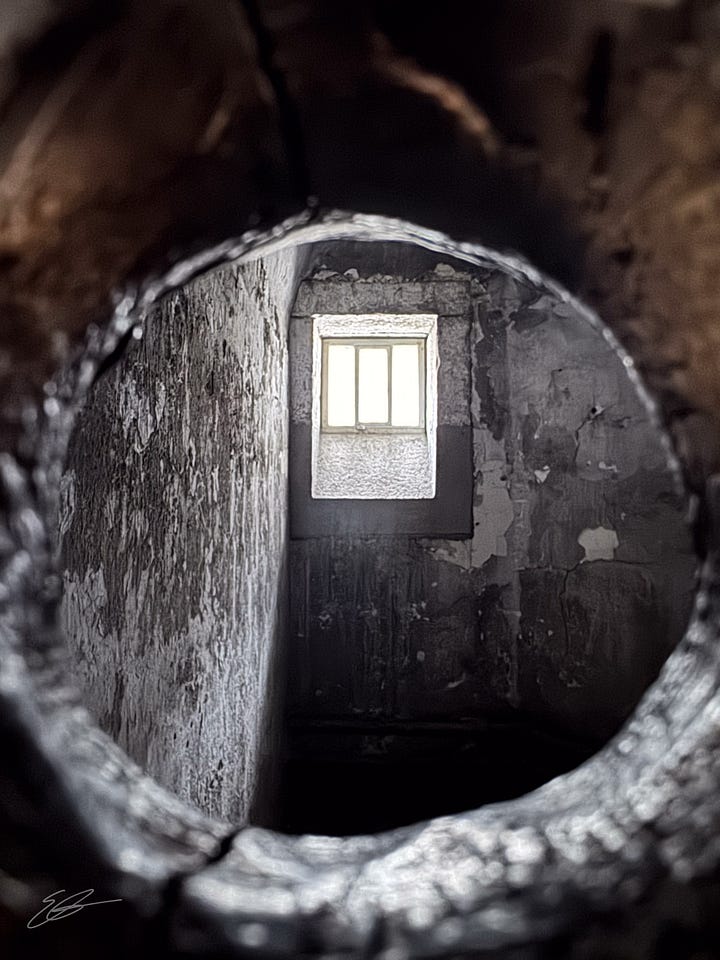
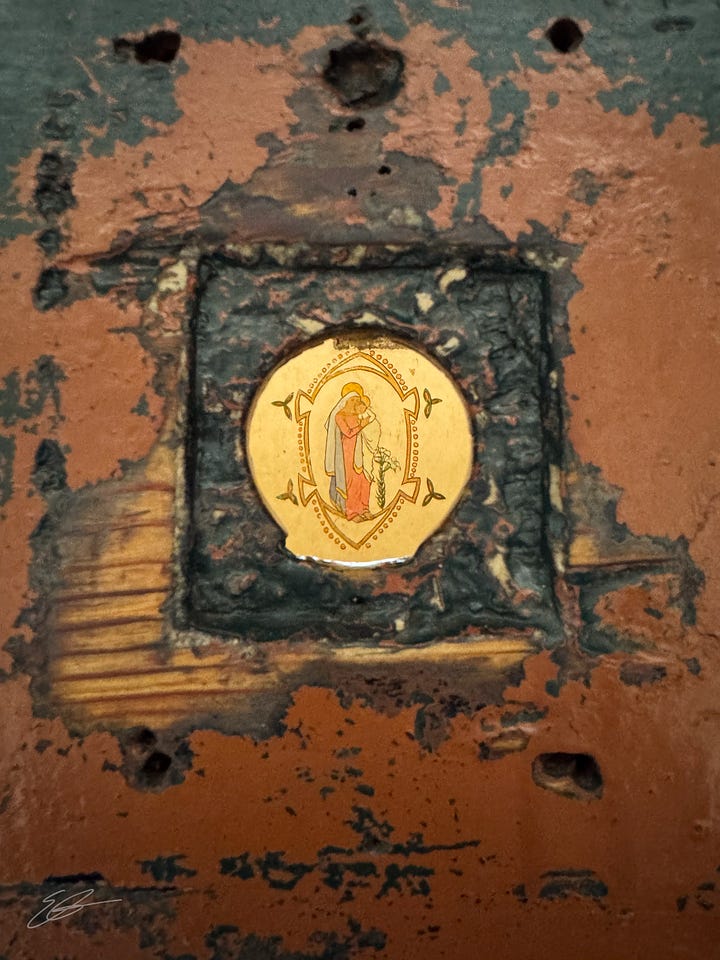
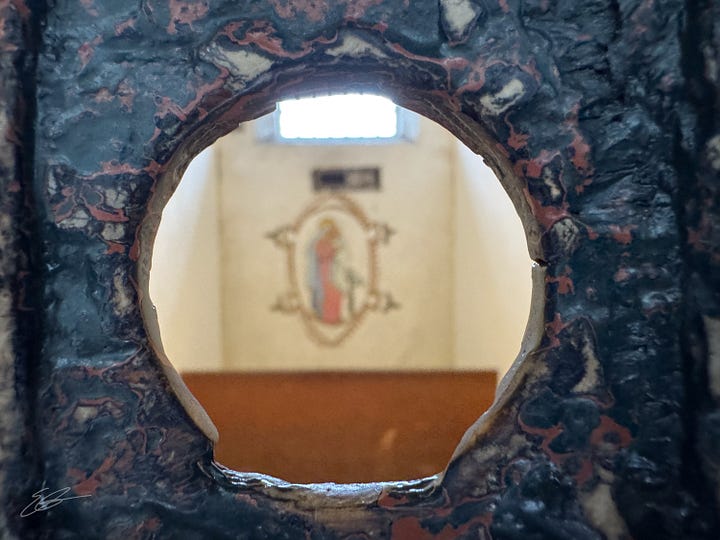
The final story from the prison is of Joseph Plunkett, one of those executed following 1916. His last wish was to marry his beloved - the same Grace Gifford as above. This was permitted and they were married in the chapel where they were not allowed to speak to one another except their vows, and they were given an hour of supervised time to be with one another immediately following (again not speaking), before he was taken and executed in the days that followed. The letter is the one he wrote to Grace.
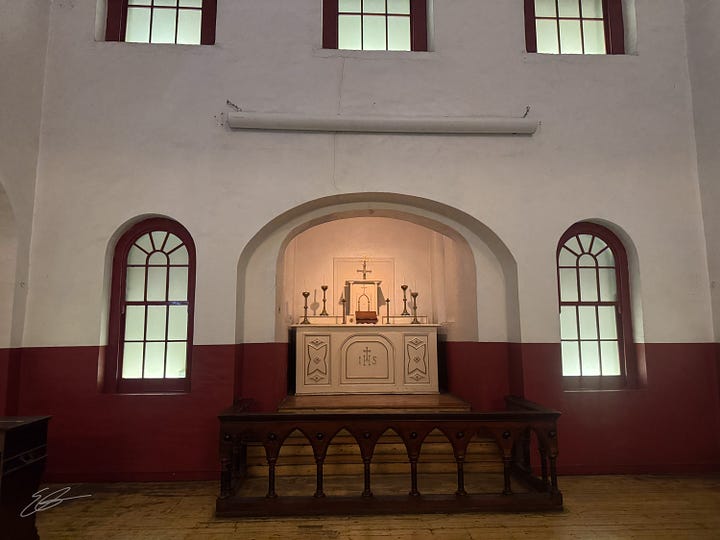
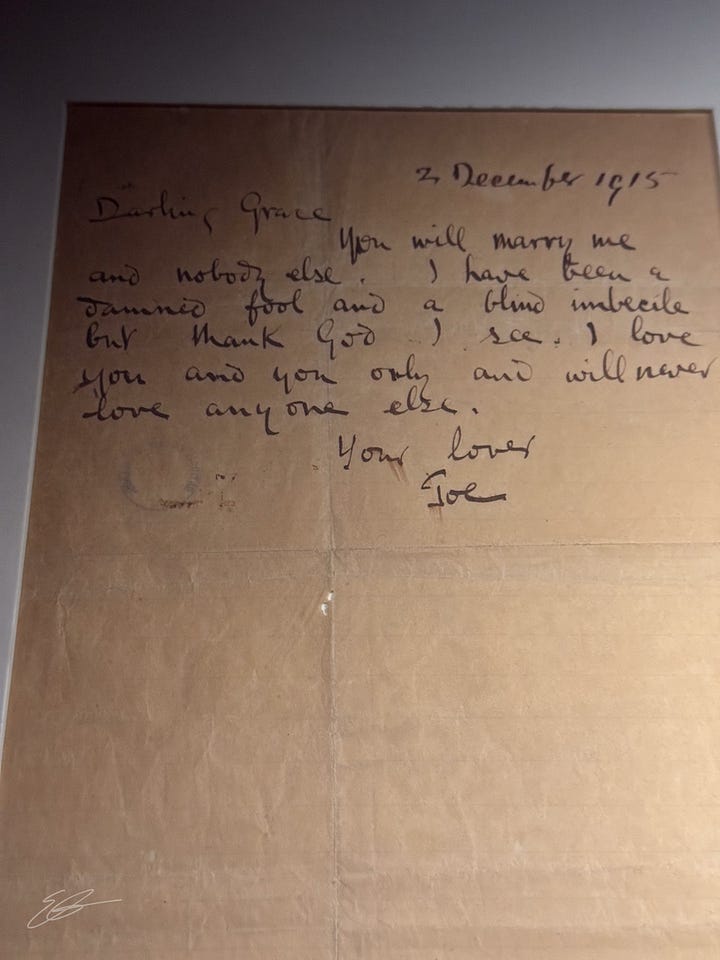
All of this leads to the words of Psalm 53, which is far from the most uplifting of Psalms. Instead it is a powerful, honest, and searing statement on humanity. The title given it in the NRSV is “Denunciation of Godlessness.” It begins this way:
Fools say in their hearts, “There is no God.”
They are corrupt, they commit abominable acts;
there is no one who does good.
God looks down from heaven on humankind
to see if there are any who are wise,
who seek after God.
They have all fallen away, they are all alike perverse;
there is no one who does good,
no, not one.
I know passages like this have been used by those in power to speak of people held in places like Kilmainham, but it can also speak to the ways that humanity has treated people who have been (justly or not) put in places like this. Arresting and holding a 3 year old, keeping people in damp, cold, wet limestone cells, holding people in solitary for 7 years of a 10 year term, capital punishment, and so forth (all of these things took place at Kilmainham). These places remind us of all that we do to others. Heartbreaking yes. But also necessary to come to these places and remember this, lest we forget.
As we left Kilmainham, we spent the remainder of our time wandering the center of Dublin. One place was to visit the prayer labyrinth at Christ Church Cathedral. It was one that would be easily missed because of the way it is constructed but it is beautiful nonetheless. Amy walked it, even as people walked through her path and just stopped in front of her, oblivious of where they were. I don’t share that as a criticism of them, but instead it speaks to how we can go through life mindless of the things around us (such as the stories above).
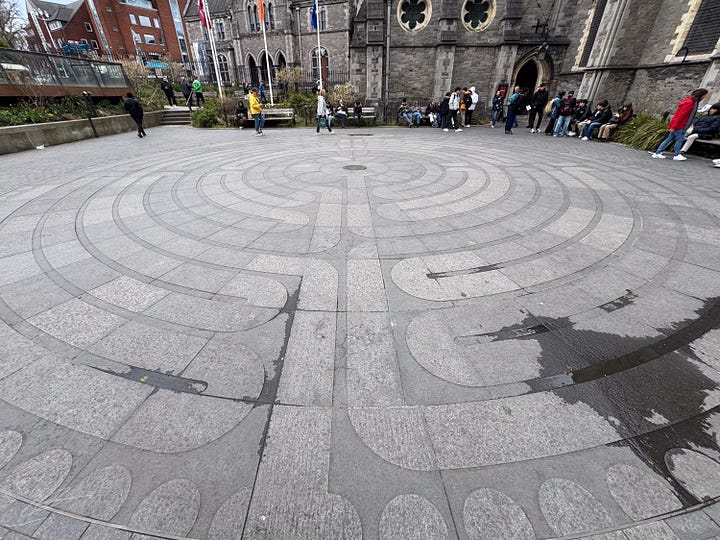
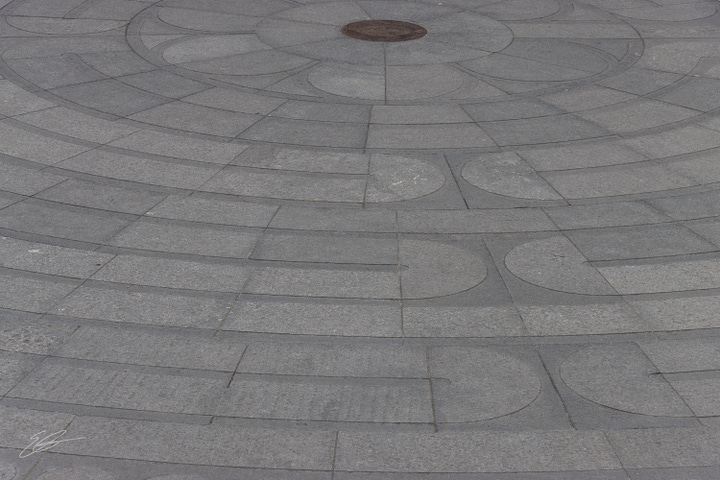
Entering the grounds of the cathedral is a powerful sculpture of Jesus which depicts him as a homeless person on a bench.
You wouldn’t know it was Jesus, though unless you looked a bit closer and saw the nailholes in his feet from the crucifixion.
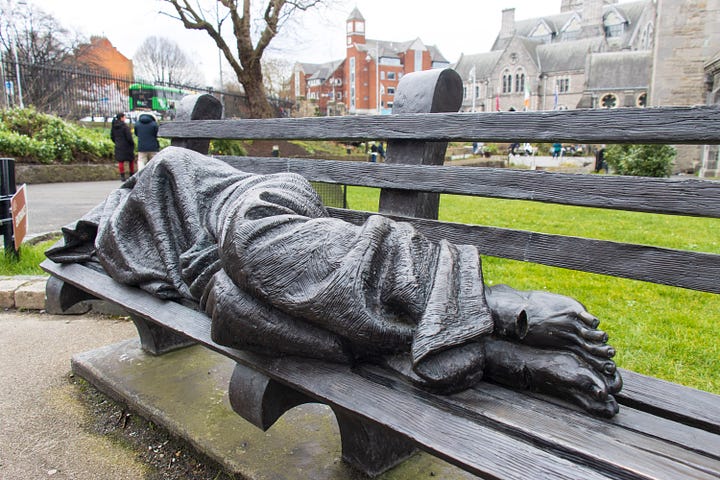
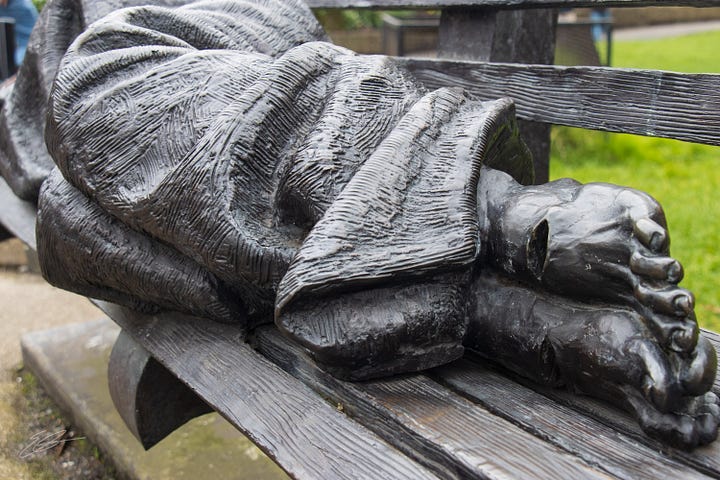
As Jesus said in Matthew 25, the things we do (or fail to do) to one another, we do to him.
A few more sights from the day starting with two pieces of street art…
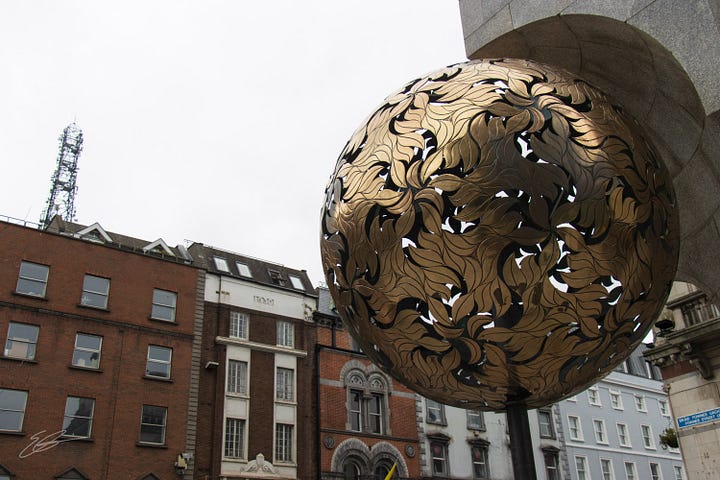
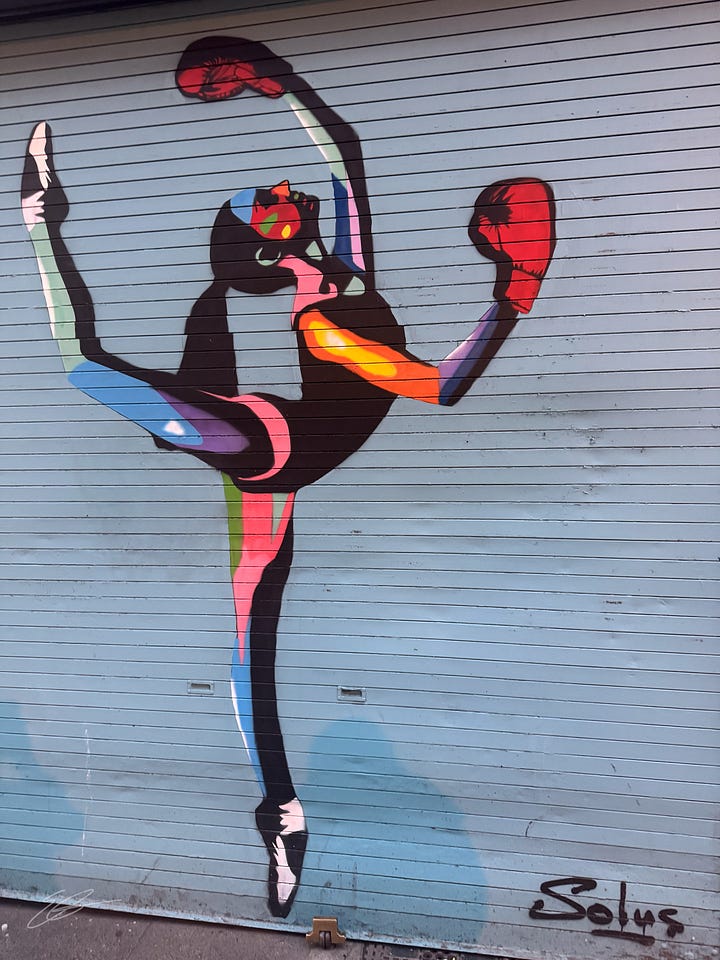
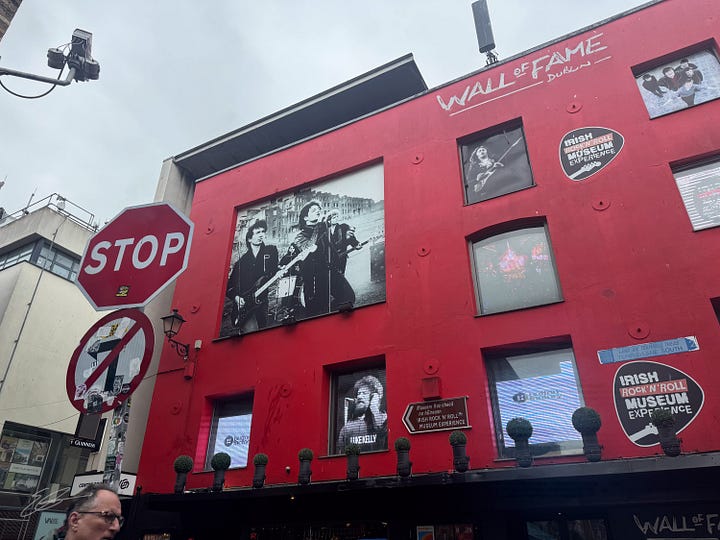
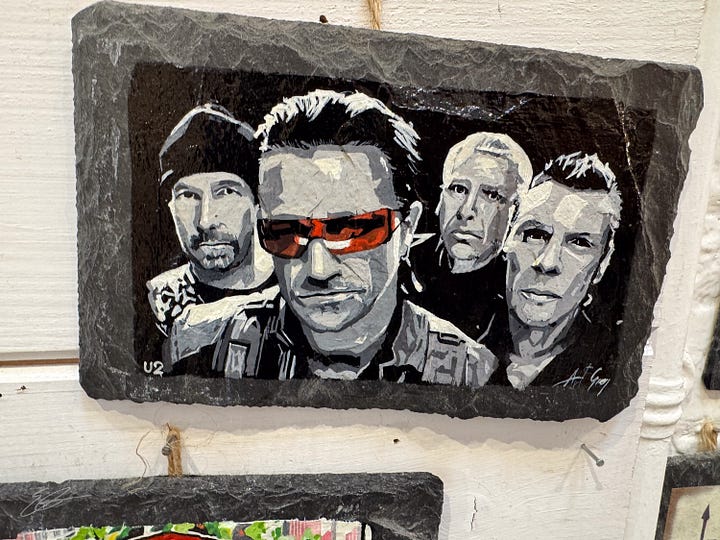
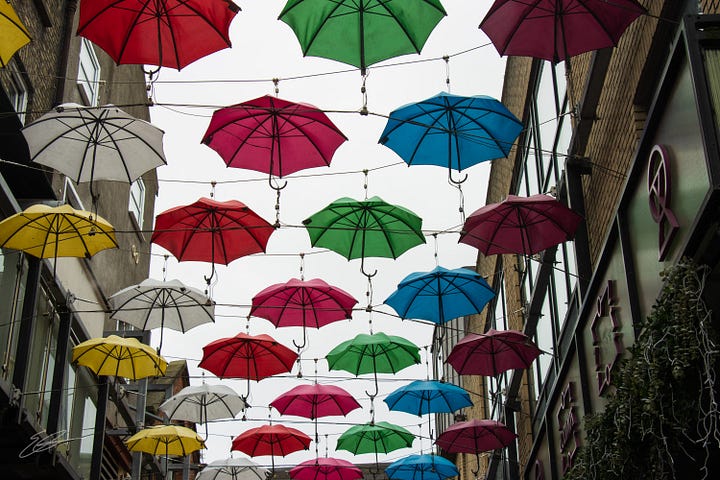
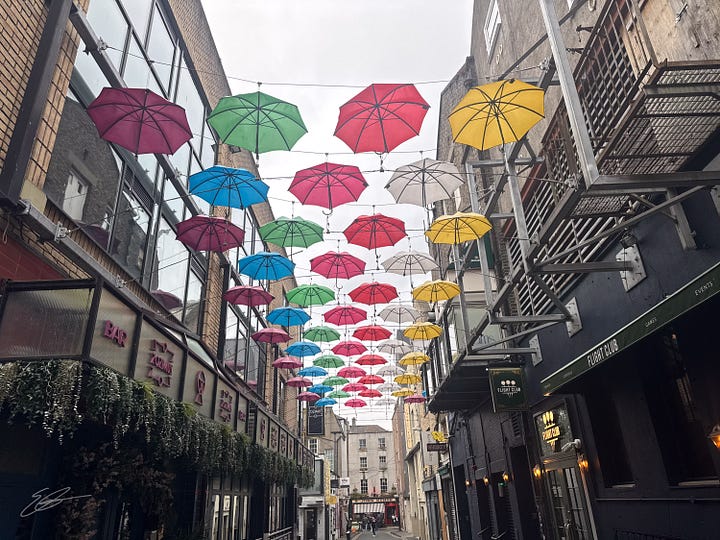
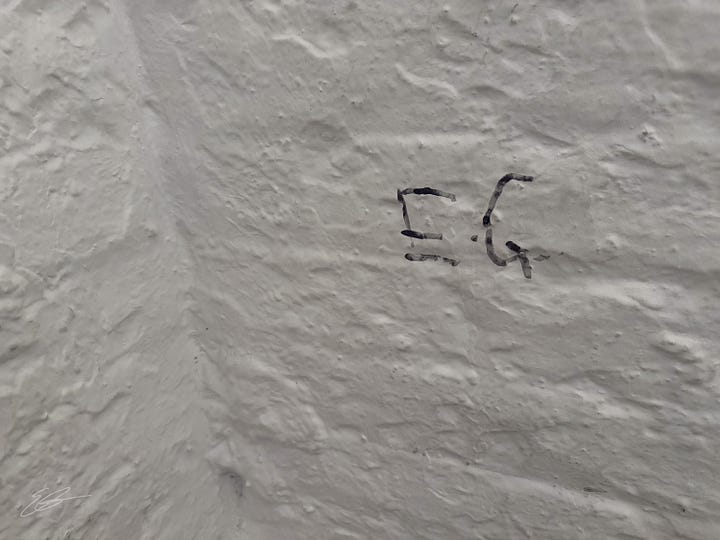
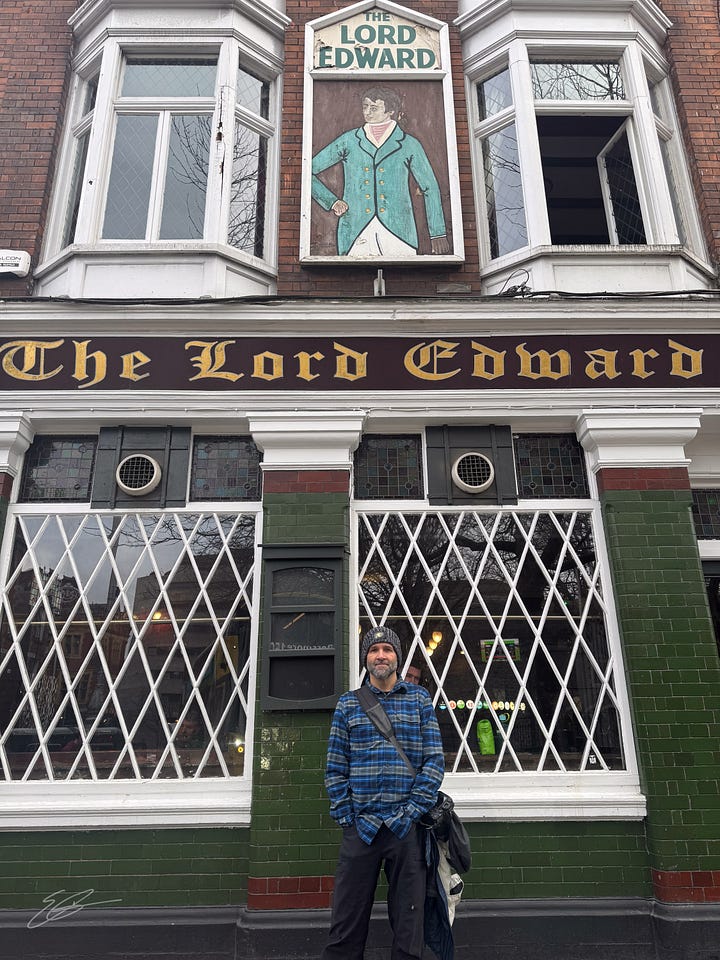
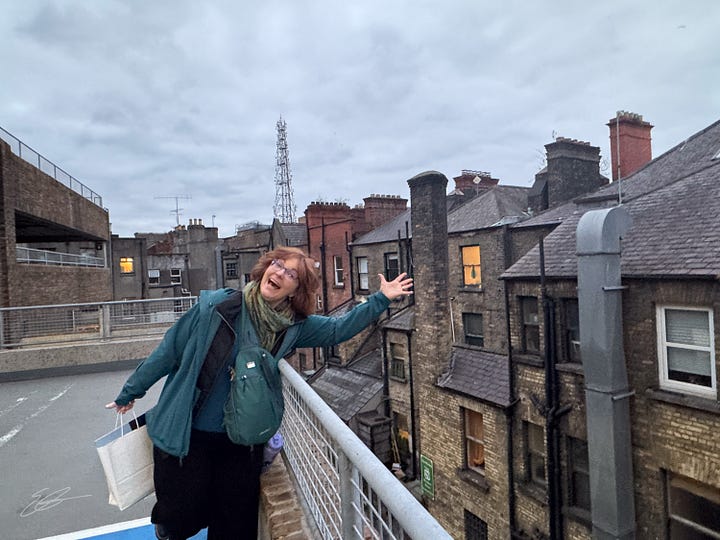
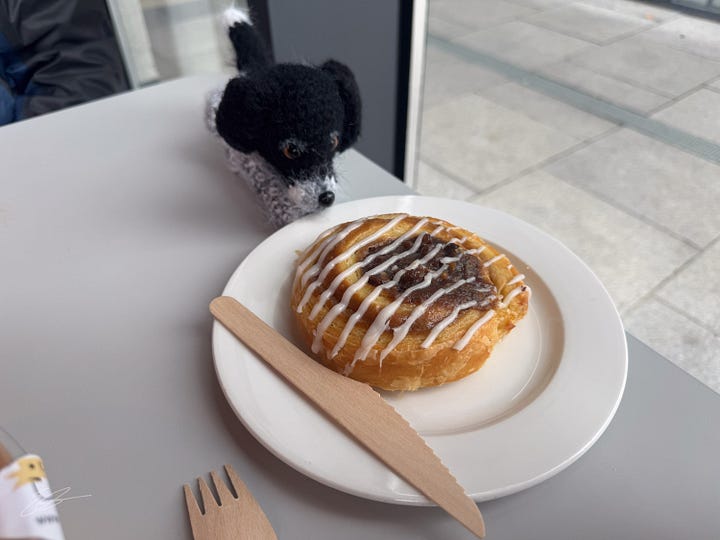
Last day in Ireland! Off to Spain!
Grace, Peace, Love, and Joy,
Ed



Thank you for this.